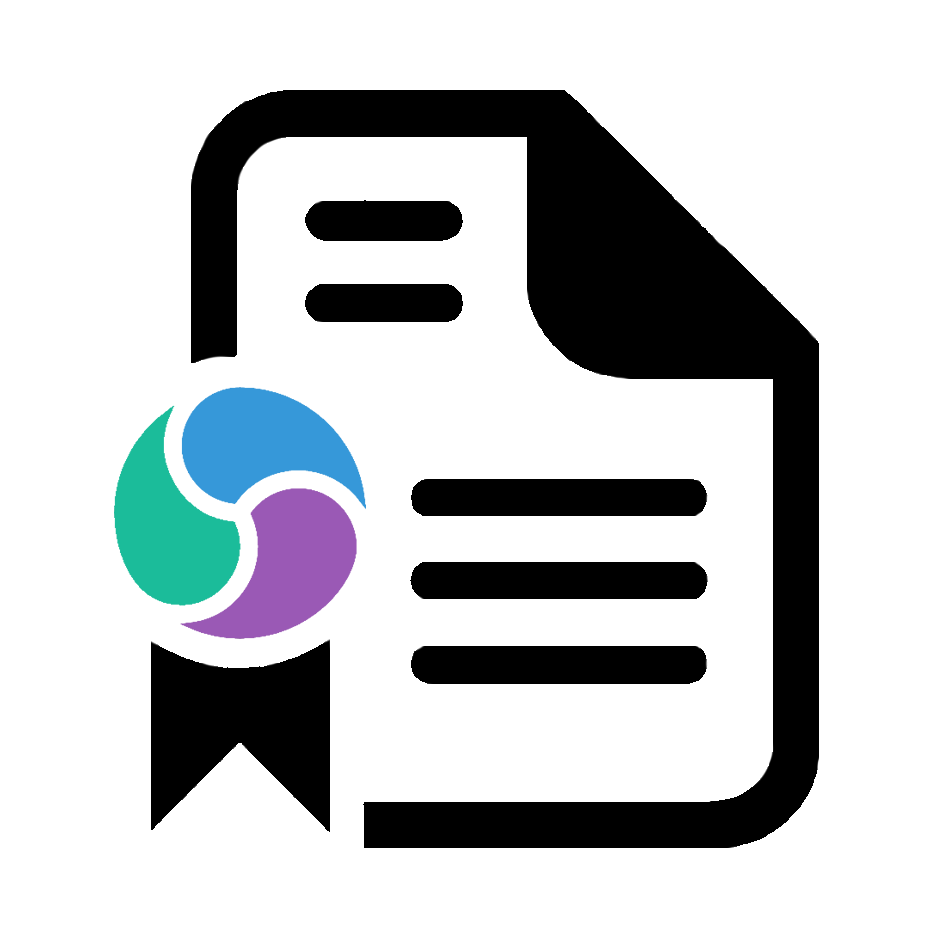
Chris Preimesberger0






Q3: CC enables data to be continuously encrypted, whether it's being processed, moved, distributed or stored. Where are the potential soft spots in this process for hackers?

Pete Jarvis
Key access - never under estimate the ability to compromise humans :-)

Rodrigue Hajjar
A3: in the past, attacks against TPM modules have been very low-level e.g: relying on physically sniffing the bus (https://pulsesecurity.co.nz/articles/TPM-sniffing). Future attacks may be found on a similar level, rather than in software.
Extracting BitLocker keys from a TPM
Extracting BitLocker keys sealed with a TPM by sniffing the LPC bus
Extracting BitLocker keys sealed with a TPM by sniffing the LPC bus

Chris Preimesberger
@rodrigue_ Great point

Pete Jarvis
@rodrigue_ My sense is one has to change the game to win. Confidential Computing (CC) is a component of an ongoing battle between attack and defense. You have to change the economics of the attack to be more that the cost of defense.

Pete Jarvis
The NIST Cyber Security Framework through support to the five functions; Identify, Protect, Detect, Respond, and Recover does a good job of articulating our current situation and actions.

Chris Preimesberger
Nice, thanks, Pete!

Pete Jarvis
Today, everyone has a great safe, the problem is that every instance has the same security code. Why? If I hack one I can hack all the safe of the same type and version. Thus, data integrity and data movement and usage are key to secure.





